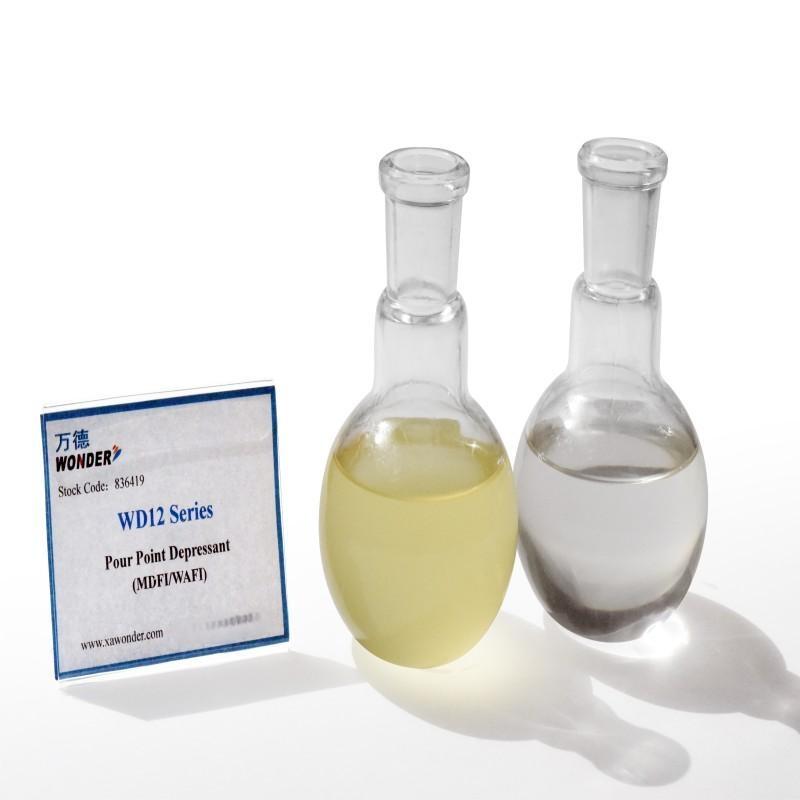-
Categories
-
Pharmaceutical Intermediates
-
Active Pharmaceutical Ingredients
-
Food Additives
- Industrial Coatings
- Agrochemicals
- Dyes and Pigments
- Surfactant
- Flavors and Fragrances
- Chemical Reagents
- Catalyst and Auxiliary
- Natural Products
- Inorganic Chemistry
-
Organic Chemistry
-
Biochemical Engineering
- Analytical Chemistry
-
Cosmetic Ingredient
- Water Treatment Chemical
-
Pharmaceutical Intermediates
Promotion
ECHEMI Mall
Wholesale
Weekly Price
Exhibition
News
-
Trade Service
Due to the month-on-month decline in US commercial crude oil inventories last week, international crude oil futures prices rose in the overnight market and in the morning of October 19, and the increase in the afternoon of the day expanded significantly, and the late gains narrowed, and international oil prices rose
significantly at the close.
Light crude oil futures for November delivery rose $2.
73, or 3.
30%,
to close at $85.
55 a barrel on the New York Mercantile Exchange as of the close of the day.
London Brent crude for December delivery rose $2.
38, or 2.
64 percent
, to settle at $92.
41 a barrel.
U.
S.
commercial crude oil inventories stood at 437.
4 million barrels last week, down 1.
7 million barrels
month-on-month, according to data released by the U.
S.
Energy Information Administration on the same day.
Over the same period, U.
S.
gasoline inventories fell 100,000 barrels month-on-month, while distillate inventories increased by 100,000 barrels month-on-month and propane and propylene inventories increased by 500,000 barrels
month-on-month.
Including commercial crude, refined products, propane and propylene, U.
S.
commercial oil inventories fell 2.
5 million barrels
month-on-month last week.
The data also showed that the average crude oil processing volume of US refineries was 15.
6 million barrels per day last week, down 132,000 barrels month-on-month; the average US refinery operating rate was 89.
5% last week, down from 89.
9% in the previous week; U.
S.
net crude imports averaged 1.
77 million barrels per day last week, down sharply by 1.
421 million barrels
month-on-month.
Notably, commercial crude oil inventories in the Cushing region of the United States stood at 26.
2 million barrels last week, an increase of 600,000 barrels month-on-month; U.
S.
strategic crude oil reserves were 405 million barrels last week, down 3.
564 million barrels month-on-month, and U.
S.
crude oil production averaged 12 million barrels per day last week, up 100,000 barrels
month-on-month.
Data released by the American Petroleum Institute late on the 18th showed that U.
S.
commercial crude oil inventories fell by 1.
27 million barrels last week, while gasoline and distillate inventories fell by 2.
17 million barrels and 1.
09 million barrels
, respectively.
The U.
S.
Department of Energy's Petroleum Reserve Office issued an announcement on the 18th that it would start bidding for the emergency sale of 15 million barrels of strategic crude oil reserves on the 19th
.
This batch of strategic crude oil reserves is the final part of the Biden administration's plan to release 180 million barrels of strategic crude oil reserves announced in March this year, and will be delivered
in December this year.
US President Biden said on the 19th that if oil prices fall enough, the United States plans to buy back crude oil from the market to fill the strategic crude oil reserve.
According to reports, the US government intends to buy back crude oil from the market to fill the strategic crude oil reserve
when oil prices fall to $67-72 per barrel.
Gary Cunningham, head of traditional energy market research at U.
S.
management and procurement consultancy, said the release of strategic crude oil reserves by the United States is actually a short-term bearish, but a long-term positive because it is ultimately necessary to buy back crude oil from the market to replenish inventories
.
Overall, the market continues to be volatile with volatile
news.
Cunningham said OPEC+ wants to keep Brent crude prices around $90 a barrel, and producers will continue to cut production to reach that goal
.







